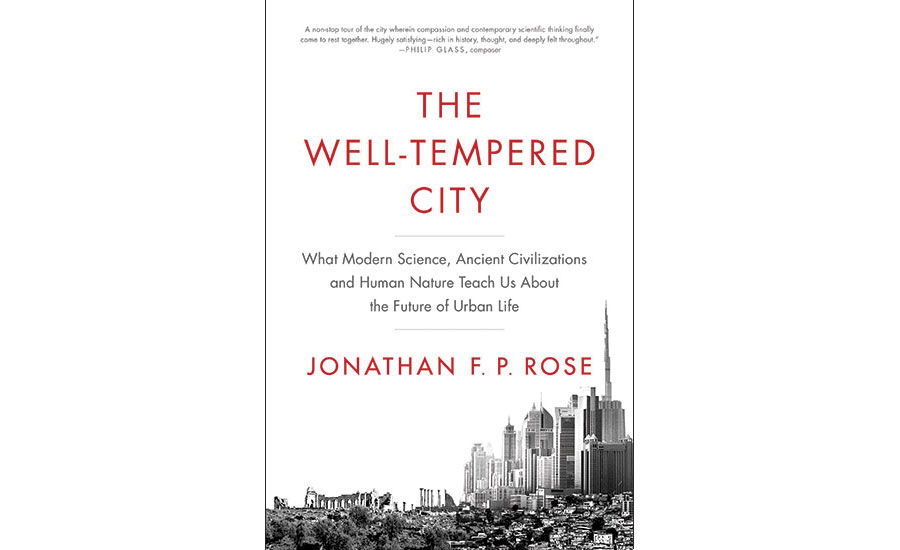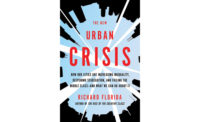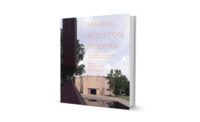The Well-Tempered City: What Modern Science, Ancient Civilizations and Human Nature Teach Us About the Future of Urban Life, by Jonathan F.P. Rose, Harper Wave, September 2016, 480 pages, $18.74.
Planner and developer Jonathan F. P. Rose’s title for his new book, The Well-Tempered City, alludes to Johann Sebastian Bach’s The Well-Tempered Clavier. Bach’s collection of preludes and fugues in all major and minor keys was composed, says Rose, “to align our highest human aspirations with the sublime harmony of nature. It is a model of the task we have today in designing and reshaping our cities.”
This may sound improbably heady coming from the scion of a prominent family of New York City apartment house developers. But Rose is no ordinary real-estate heir. He is also the intellectual heir of Jane Jacobs, and he cites as a seminal influence her belief that what looks like chaos can actually be a highly advanced form of order. Rose is a serious urban thinker and doer who has combined an academic background in planning and public policy with a successful business building green affordable housing. In his ambitious tome of almost 400 pages, he develops a notion, which he first began to explore as an undergraduate at Yale in the early ’70s, that “the same principles that increase the well-being of humans and natural systems could also guide the development of happier, healthier cities.”
The book’s five parts each address a quality Rose believes essential to the future of socially and economically viable municipalities: coherence, circularity, resilience, community, and compassion. In the first four sections, he investigates the interdependent networks, both physical and cultural, that define metropolitan centers.
The chapters in Part 1, “Coherence,” exemplify both the strengths and weaknesses of this approach. In “The Metropolitan Tide,” the author attempts a far-ranging history lesson that is literally all over the map and seems somewhat unfocused. But in “Sprawl and Its Discontents,” he succinctly analyzes sprawl’s causes (federal housing and transportation policies, suburban zoning codes, and subprime lending) and this scourge’s effects (environmental crises and suburban poverty, to name just two) and suggests that the solution lies in an alliterative paradigm of “concentration, complexity, and connection.”
The breadth of Rose’s interests ranges from climate change, cognitive neuroscience, ecology, economics, gardens, green building technology, history, and infrastructure to musicology, parks, planning, psychology, public health, sociology, and transportation. And more. He makes the case that, in cities, these are interconnected, but tying all that together in a coherent narrative is a tall order, and so the book tends to ramble a bit.
The most focused chapters include “Water Is a Terrible Thing to Waste,” in which the author observes that one reason for the decline of cities and civilizations was expansion beyond the limits of their food and water sources. He tracks efforts to address this problem from the third century CE, when the emperor Diocletian installed an extensive water-supply system in Split, to the present day, when the Gates Foundation is funding experiments in water-saving toilets and small local sewage-treatment systems. The chapter “Green Buildings, Green Urbanism” is lively and informative, which is not surprising, given Rose’s considerable experience with sustainable development. Also excellent is “Prosperity, Equality and Happiness,” a thoughtful essay on the not-always-predictable relationship between economics and human well-being.
In Part 5, “Compassion,” Rose circles back to Bach and espouses an optimistic vision of cities rescued by “science integrated with harmony” and by “altruism arising from trust.” His writing takes a lyrical, almost mystical turn here, which comes as a surprise after all the dense scholarly exposition that precedes it. But his idealism seems authentic, and his hopefulness is welcome.








Post a comment to this article
Report Abusive Comment